Filmed simultaneously as the famous English language version, the Spanish Dracula is now regarded as being technically superior. Using the same shooting script and sets, but with a different director and cast, it offers a fascinating contrast in approaches. While the English version got all the fame, this is the better movie by far.
As the talkies took over the movie industry, demand for native language films grew in Mexico, Central, and South America. This was a sizeable market and filming Spanish language versions alongside the English version was one way to capitalize on the opportunity with dubbing being the other. People wanted to hear their native language and, better yet, see people speaking it on screen.
Universal Pictures decided to film a Spanish version of Dracula at the same time as Tod Browning’s production. Paul Kohner, the former successor to Carl Laemmle who was shoved out of his position running Universal to make room for Junior, was assigned to produce it using the same script and sets. He hired George Melford to direct and the two decided they would one up the other production in every way they could.
During the day, Browning’s version filmed on the sets and by night Melford’s used them. Even the same chalk marks for positions on set were used by the actors. Since the same shooting script was used, I will refer you to my earlier review of Dracula for the plot points. Instead, the focus will be on the differences between the films and why I believe this version to be superior.
First off, the babe factor is a big reason. Yes, that is sexist, but it is also accurate. Even the girl wearing glasses is very attractive and, more importantly, gets more of a chance to act. All the actors benefit from the better direction and pacing of this version, but the women really got a better deal. Perhaps Browning wasn’t good with handling actresses.
Take the bookworm above. In the English version, she is only briefly seen and heard. But here her role is expanded, first by having her comically fall on Renfield (Pablo Alvarez Rubio) repeatedly in the bouncing coach and then by increasing her dialogue. Note that he is not as effete as Dwight Frye’s interpretation and does not seem to mind this happening. She is also shown taking something of an interest in him and later gets a little scene for herself.
The ride to meet Dracula’s coach is different with an additional scene of a bonfire being passed that adds an eerie and sinister feeling. It is also something actually done on Walpurgis Night in Europe, so it brings some authenticity to the proceedings. To me, it establishes a brooding impression of the locals fighting off the dark and what lies in it.
While not subject to the same censorship rules as the United States, you still see opossums subbing for rats. But later on, a rat will be seen in the film, as if Melford and Kohner were making a point. Fortunately, there is no sign of an armadillo infestation.
Dracula’s first appearance is better executed with him rising as vapor from his coffin and assuming human form. Stepping into the cape is Carlos Villar, hired because of his resemblance to Bela Legosi. Conventional wisdom is that his performance was terrible compared to Legosi’s, but I will be a heretic and disagree. In fact, I think he was superior in the part and caught the feeling of the novel more than Bela did. Both performances were over the top and highly theatrical, of course.
My take on it is simple. If I met Legosi in a dark alley, I would not be frightened of him. If I met Villar in the same alley, I would get of there out as fast as possible. His Dracula is far more animalistic and unhinged with incipient violence always lurking in those eyes.
An interesting bit of trivia is that both actors insisted on staying in character during the productions. Both walked around talking to themselves and psyching themselves up to become Dracula.
Sticking to the shooting script more faithfully helped a great deal. Things were arbitrarily changed in Browning’s version and usually not for the better. Here we see Conde Dracula in disguise that actually is a disguise. Now Renfield doesn’t look like a complete moron for not recognizing him later.
Entering the castle takes full advantage of having sound, with the most amazing creak I have ever heard. Notice the artistic composition of the scene were the door opens by itself. The curves of the carriage look unnatural in the lighting, adding to the suspense and dread.
Dracula’s entrance is very dramatic, with Renfield entering the rundown castle and then fending off a large bat with his cane. When he turns back to the stairs, there stands Dracula with a candlestick. He has materialized out of nowhere and the moving crane shot zooms in on him, adding to the unreality of the scene.
Notice those wild eyes; they were was the defining feature in the novel. He has the appearance of a madman and anyone intelligent would bug out of the castle immediately. But Renfield is not the brightest of solicitors, poor guy.
In both movies, pains were taken to indicate that Dracula walked through the giant spider web as if it were not there. In the Browning version, it is painfully obvious that Legosi steps around the web. The fast edit done in Melford’s take makes it appear that he stepped through. It is simply and effectively done, which shows just how incompetent much of Browning’s production was.
Style matters, especially when making a gothic horror movie. While penlights were shone on Legosi’s eyes to make him look spooky, the choice made here was to do an extreme closeup of Villar’s crazy looking eyes. Both methods are effective in portraying the supernatural aspect of the vampire, but the extreme close ups are more unnerving.
That look on the Conde’s face is from when Renfield accidently cuts his finger with a knife. This beats the paperclip induced wound of the other production – could that Renfield be any more ineffectual? Here we are shown that Dracula is more of an animal than a man. His lack of self control furthers that theme.
This reaction when he has to turn away from the crucifix and is denied a meal amuses me. He looks like a disappointed child or old woman. Restraint clearly is not one of his strengths. To me this is further indication that they were aiming at a more feral Dracula than the English version. This is interesting because out of the cast only Villar was allowed to see the dailies of the competing production so that he could better mimic Legosi.
I have neglected to mention that the original masters were still in nearly pristine condition for the Spanish version and it looks far better than the English. There is an exception, however. The third reel was either missing or damaged beyond use and they were only able to find it in well worn condition in a theater in Cuba. Unfortunately, this means some of the best scenes early in the movie are in radically lower quality.
Here we see Dracula’s brides coming after the drugged Renfield. Like this Dracula, they are far more feral. They are also better looking. Yes, I went there again – sue me. This time they get their meal, unlike in the Browning production where the Count entered to take the happy meal for himself. It is a far more menacing scene and plays with light and shadows to great effect.
The entire ship sequence is different and there is no spliced in silent film footage. Instead it plays out like a delirious vision as terrified sailors watch the count rise from his crate on deck. It resembles watching a spider slowly approaching insects caught in its web.
Yet it is Renfield’s utterly insane shrieking laughter that transforms the scene into a true nightmare. Rubio’s laugh is completely different than Frye’s and it sounds like he is bursting a blood vessel or two. While not as memorable as Frye’s, it isn’t forgettable either. The visuals of it are striking too, with the now insane solicitor watching through a porthole.
Dracula’s entering the Royal Albert Hall is done with more atmosphere and omits the flower girl scene completely. There are subtle differences in how the scene was arranged, with Dracula no longer being shown as shorter than Doctor Seward (José Soriano Viosca) which was a serious mistake in the other film. The Conde also sits down instead of remaining standing the entire time, yet manages to be more regal.
It is in this scene that Villar is most Legosi like, in my opinion. Perhaps that is because he is on his best behavior. Lucía (Carmen Guerrero) starts flirting with the nobleman right away and she seems to bring out a more serious side to him. As for the lovebirds, Mina is now Eva (Lupita Tovar) and John Harker in now Juan Harker (Barry Norton). Juan is as much an idiot as John, but at least he doesn’t appear to made of cardboard. There is some life in him and the two are a great deal more believable as a couple in this version.
As I mentioned before, the women are better looking than the Browning cast. This Dracula prefers dark haired lasses and has impeccable taste. In my opinion, of course.
Much has been made about the superior technical execution of the Spanish version. Despite having the cinematographer of Metropolis working on the English production, there were few if any daring uses of the camera. Not so here, as the following examples show.
The darkening theater lights used to emphasize the dialogue is present in both films, but better rendered here. Once again, a superior use of light and shadows sets the mood perfectly. A scene of two women talking can only be done in so many ways, right? Yet the girl talk scene is cleverly executed by starting the shot in the reflection of a mirror and panning out. It is unexpected and creative, just to be creative.
So how does Villar’s bedside manner stack up against Legosi’s? His expression is that of an animal out for raw meat and he uses his cape in a more bat-like manner. Legosi is sneakier and more seductive. I leave it up to you which is better.
But at least we get to see a bite mark in this interpretation. We even get to see it under a magnifying glass! Yeah, yeah, it looks like a couple of dots of eyeliner, but it is better than nothing.
If there is one area where the film falters compared to the other, it is in Renfield’s actor. Rubio is good in the role, but Frye is simply excellent and cannot be matched. The scene with Martin lacks the pathos that made it stand out in English.
Eduardo Arozamena makes a fine Van Helsing and conveys a warmth that makes him more likeable than Van Sloan’s portrayal. His interactions with Renfield show the Professor to be a very compassionate man and someone to be trusted. I really liked his performance.
Thoughts
In my opinion, the Spanish language version of Dracula is vastly superior – and not just from a technical aspect. The acting is better, the pacing is superior despite being a half hour longer, and it is artistically more interesting.
Having a motivated director had to be a huge factor here. This is even more impressive given Melford could not speak Spanish! Yet the actors gave their all to the roles and took the material seriously. That tells me that someone was really in charge and had a clear vision of what was to be done. Sadly, that was not the case with Tod Browning and crew.
I highly recommend this version of Dracula because it has withstood the test of time and is a genuinely good movie.
Technical
All the specs are the same between the movies, with the only difference being the spoken language.
Being on the same DVD as the English language version, one would think they would be to the same visual quality. Not so, thanks to the preservation of most of the masters to the Spanish Dracula.
To get an idea of how dramatic the difference in visual quality is, I present the English version on the left and the Spanish on the right. Look how crisp the picture is and how true the contrast levels are. With only the third reel being in poor quality, this is a rare visual feast from the time.
As far as extras go, there is not very much, just a trivia slide show and an introduction by Lupita Tovar. It gives a good idea of what it was like to be in the production and also how she ended up marrying the producer, Paul Kohner. He may have lost the studio, but he got the girl in the end, lucky man.
BEWARE! HERE BE SPOILERS!!!
The cigarette box mirror scene is excellent and far outdoes the other version. Even the simplest of touches are better executed and having the vampire not reflected while kissing Eva’s hand is a prime example. Another is how violently Dracula reacts to being exposed. Here he looks like a complete madman and watching him slowly try to regain his composure was a nice touch.
What in the world was Browning thinking when blocking this shot? Having Dracula look up at Doctor Seward takes a great deal away from the vampire’s perceived power and menace. Melford handled it correctly and it something that even a film student would have gotten right.
The incomplete fainting maid scene is shown in its entirety. Though her melodramatic faint is straight out of the silent film era, I can forgive her due to the superior babe factor. How pathetic Renfield turns out to be, going from menacing to mimicking a fly. Rubio does a great job acting like his will has been completely shattered from Dracula’s mental domination.
Tovar’s performance needs to be noted as well. Her Eva is full of life, likeable and warm. I bought that she loved Juan when she tried to warn him away. She also gets another good scene later.
The confrontation between Van Helsing and Dracula plays out differently, with Van Helsing struggling more against the mental domination of the vampire. But it is using his brains and setting up the vampire ahead of time that wins the encounter. Both versions work in their individual way.
One scene that I considered a complete disaster in English was the freshly turned Mina’s attempt to bite John. There was no sense of menace and the acting was simply awful during an overly lengthy shot. Thankfully, that is not the case with Eva and Juan.
Tovar gets wonderfully out of control and we even get to see the bite! Better yet, she goes completely feral until Van Helsing cows her with a crucifix. This reminded me of Hammer Films’ take on Dracula that would come 27 years later.
Ever wonder what happened to Lucy? I still do. At least Lucía’s fate is revealed in a moody and fog shrouded scene at the cemetery. Using Harker’s slow downcast walk through the gate to convey something bad had happened was a nice way to raise the emotional stakes for the main characters. It also helped the third act feel like it had some urgency, unlike Browning’s slow and boring execution.
The finale is handled with deftness and is exciting. There is a sense of dire urgency and by this point Dracula is a snarling animal devoid of any faux charm. No detail is neglected and exposition is not needed to fill in the gaps.
The final shot is completely superior in composition and we are shown why Van Helsing must stay behind. He made a promise to Renfield to help save his soul and, being a man of integrity, has to stay behind to make sure he does not rise again. That adds a bittersweet touch and makes for a memorable ending.



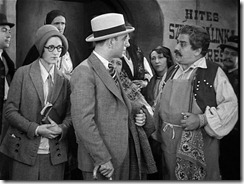

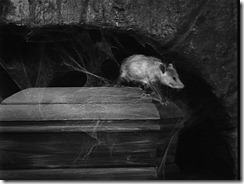
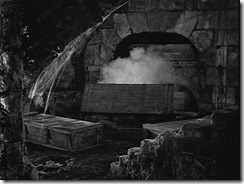
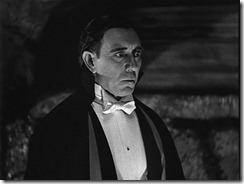
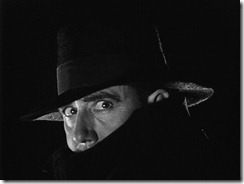
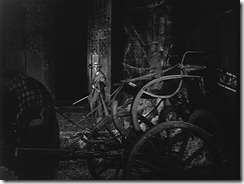
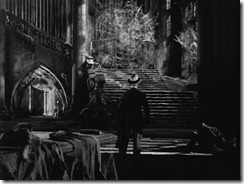
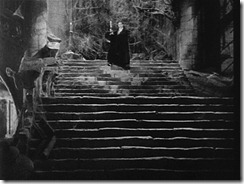
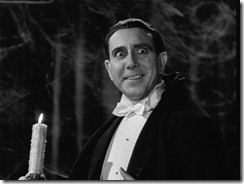
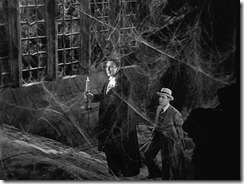
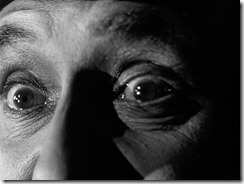
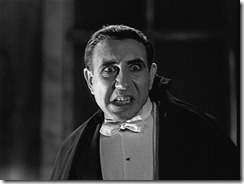
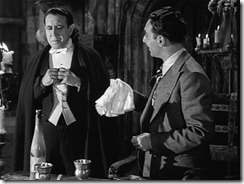
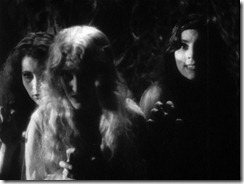
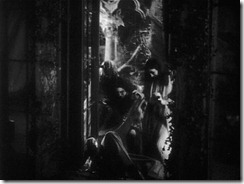
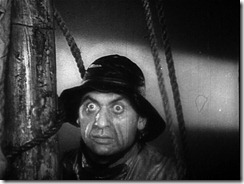
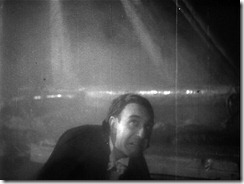
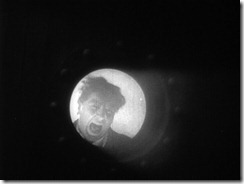
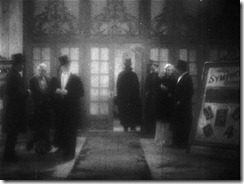
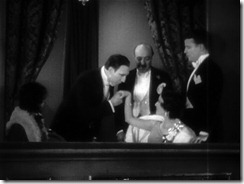
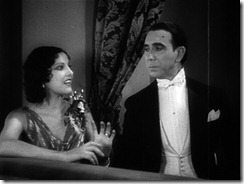
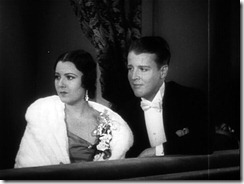
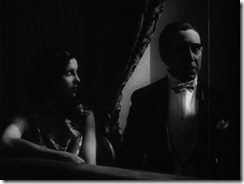
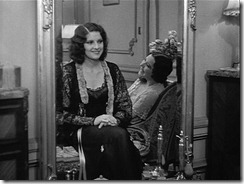
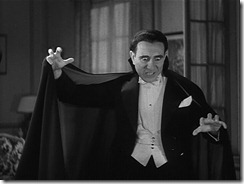
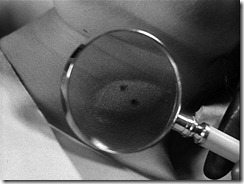
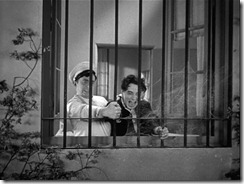
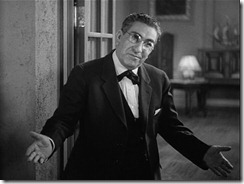
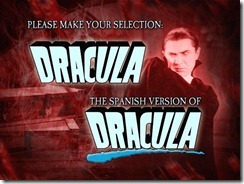
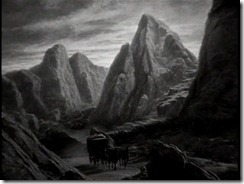
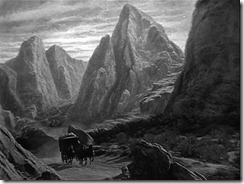
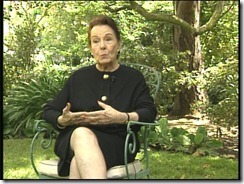
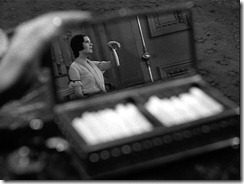

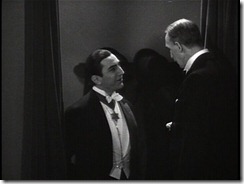
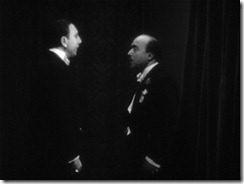
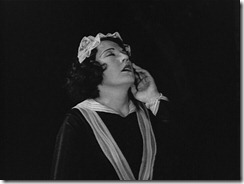
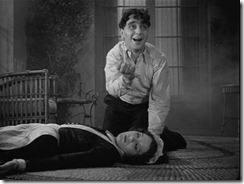
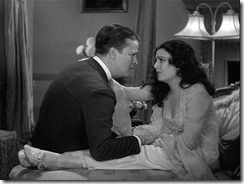

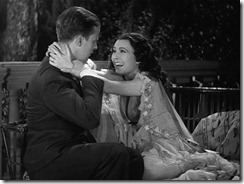
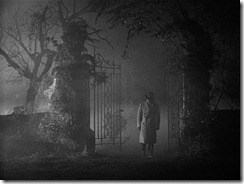
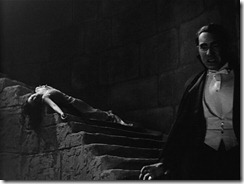
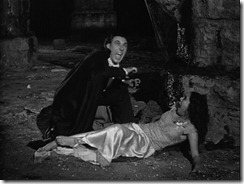
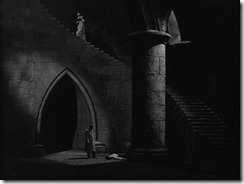
No comments:
Post a Comment